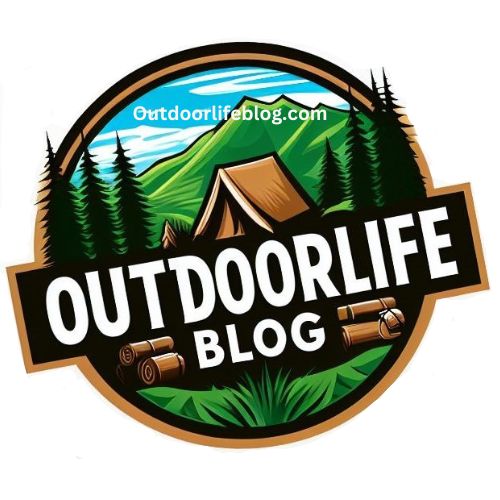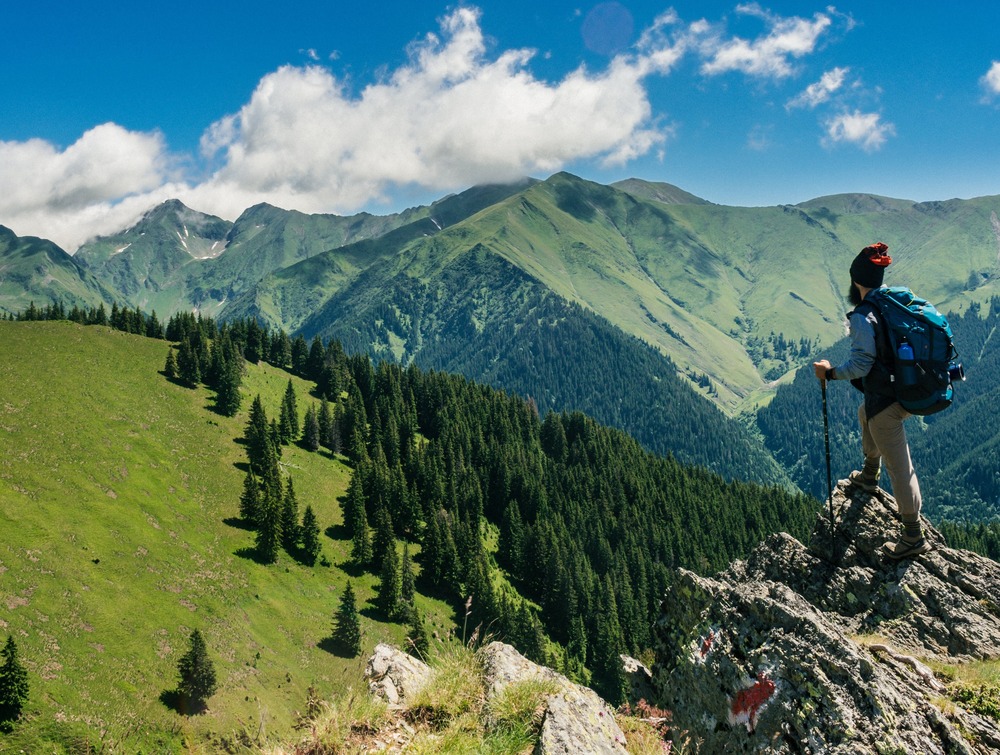When it comes to embarking on a camping adventure, there’s nothing more essential than ensuring your access to clean and safe drinking water. Whether you’re a seasoned camper or just getting started, proper water purification is a fundamental skill that every outdoor enthusiast should master.
In this comprehensive guide, we will delve into the art of purifying water during you’re camping trip, ensuring you stay hydrated and healthy throughout your outdoor escapades. So, let`s take a look at properly purifying water on you’re camping trip. Let`s get started.
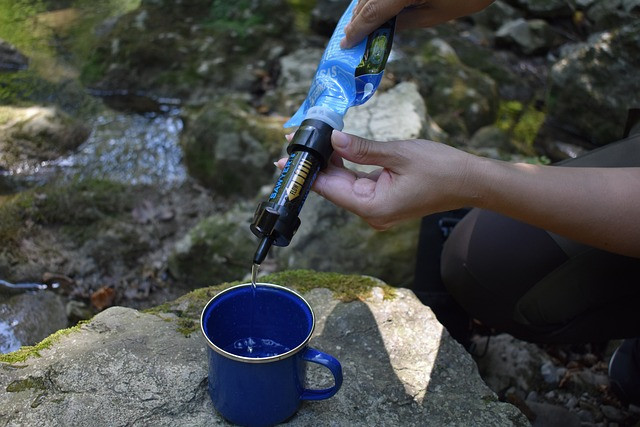
Camping is one of the most delightful ways to connect with nature, offering an escape from the hustle and bustle of urban life. But amidst the beauty and tranquillity of the outdoors, there’s a critical aspect to be mindful of, safe drinking water.
In many remote locations, access to clean drinking water might be limited, and drinking untreated natural water can expose you to harmful pathogens. This introduction aims to guide you through the essential steps of purifying water during you’re camping trips.
The Significance of Purifying Water
Before we dive into the nitty-gritty of water purification methods, let’s take a moment to understand why it’s crucial, especially when you’re far away from the conveniences of civilization.
Avoid Waterborne Illnesses
In the wilderness, water sources can be contaminated with various pathogens, bacteria, and parasites that can cause severe illnesses. Consuming untreated water can lead to stomach cramps, diarrhea, nausea, and even more serious health issues. Therefore, proper purification is your first line of defence against these potential threats.
Stay Hydrated and Energized
Camping often involves physical activities like hiking, kayaking, or setting up a campsite. Staying properly hydrated is essential to maintain your energy levels and ensure you have the stamina to enjoy your adventure to the fullest. Clean water is your lifeline in the great outdoors.
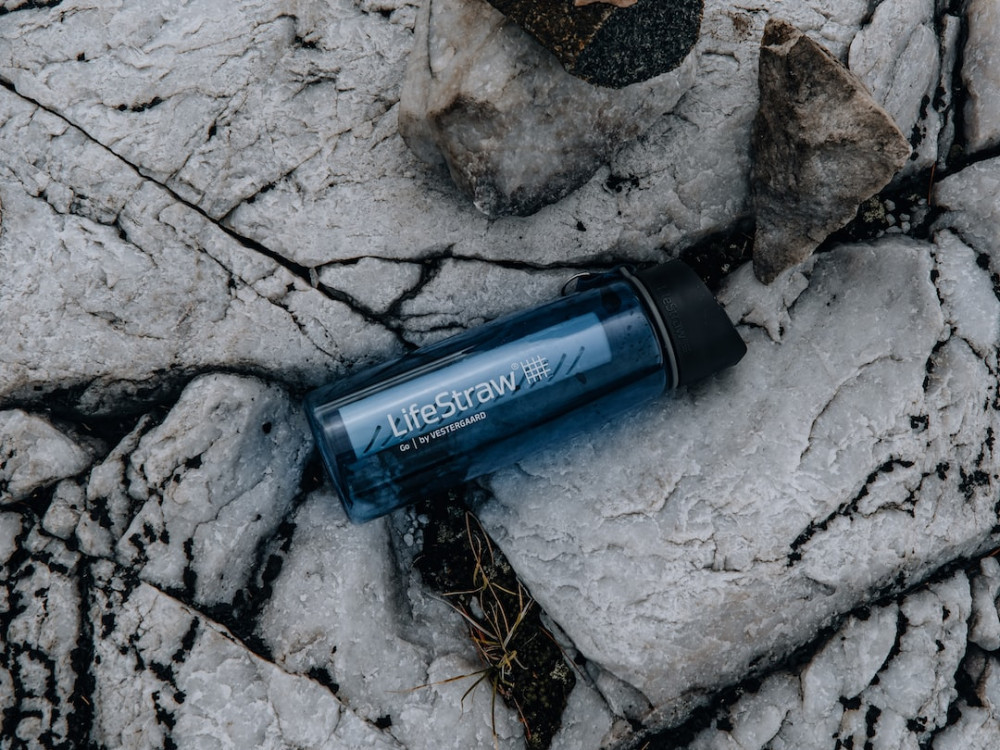
Water Sources in the Wild
Understanding where to find water sources is the initial step in ensuring your camping trip is well-supplied with clean water.
Here are some common water sources you might encounter:
Streams and Rivers
Freshwater streams and rivers are reliable sources of water in many wilderness areas. However, they are not always safe to drink directly. You’ll need to purify the water to eliminate any potential contaminants.
Lakes and Ponds
Lakes and ponds can offer picturesque settings for camping, but their water quality varies. Some may be crystal clear, while others may contain algae or microorganisms. Proper filtration and purification are essential here.
Natural Springs
Natural springs are nature’s gift to campers, providing clean and clear water. Nevertheless, even in these pristine sources, it’s advisable to use purification methods to err on the side of caution.
Rainwater
If you’re caught in a pinch, collecting rainwater can be a viable option. Rainwater is typically free from contaminants, but collecting and storing it correctly is crucial to prevent any contamination during storage.
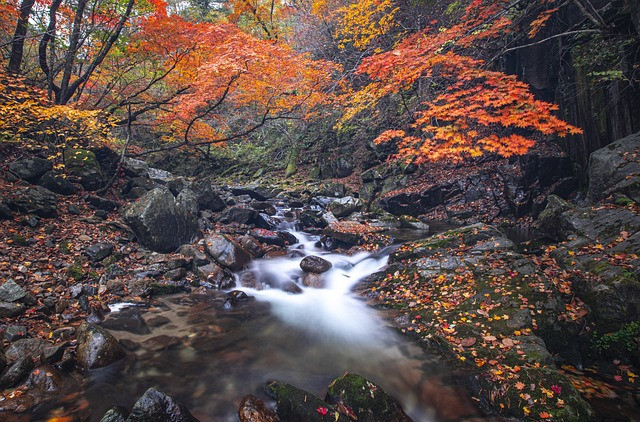
Water Purification Methods
Now that we’ve covered the why and where of water purification let’s explore various methods to ensure you’re drinking safe and clean water during you’re camping trip.
Boiling
Boiling water is one of the most effective ways to kill pathogens and make your water safe to drink. Simply bring the water to a rolling boil for at least one minute (longer at higher altitudes), and you’re good to go. Remember to let your water cool down before consuming it.
Filtration
Water filtration systems, such as portable filters or pump filters, are excellent for removing bacteria, protozoa, and even some viruses. They are convenient and provide a quick solution to purify water on the go.
Chemical Treatment
Water purification tablets or drops containing chlorine or iodine are lightweight and easy to carry. They efficiently remove harmful microbes. However, follow the instructions carefully.
UV Purification
Ultraviolet (UV) purification devices use UV light to sterilize water, rendering it safe to drink. They are compact and easy to use, but they require batteries or a power source.
Gravity Filters
Gravity filters work by letting gravity do the work. You fill one container with untreated water and let it flow through a filter into another container. It’s a hands-free method, making it convenient for large groups.
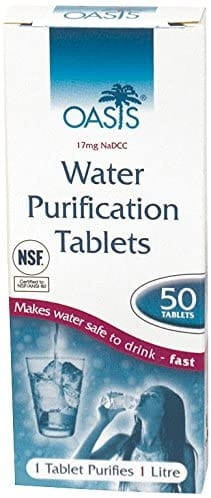
Tips for Effective Water Purification
So, you are now familiar with various purification methods.
Here are some additional tips to ensure your water is purified effectively:
Location Matters
Choose your water source wisely, opting for fast-flowing streams or springs when possible.
Use Clear Water
If the water is cloudy or murky, let it settle, and then pour off the clear water for purification.
Pre-Filter
Use a cloth or coffee filter to remove larger particles before purifying the water.
Maintenance
Regularly clean and maintain your purification equipment to ensure it functions optimally.
Points to Remember
Always collect water from the clearest and most pristine sources available. As a last resort, you can collect water from a puddle, but use a gravity filter. Failing that, if you are in a desperate situation, use one of your socks or your t-shirt to filter some of the crap from the water, then make sure you boil the water thoroughly.
Before using any of the above methods, it’s advisable to pre-filter the water using a cloth or coffee filter to remove larger particles and debris.
Be patient
Whether you’re waiting for water to boil or for purification tablets to work, give it the necessary time to ensure safety.
Always pack extra purification tools
It’s always better to have a backup in case one method fails or becomes inaccessible.

Why Water Purification is so Important
Water from lakes, rivers, and streams might appear clean, but it can contain microorganisms like bacteria, viruses, and parasites. Consuming untreated water can lead to waterborne diseases such as giardiasis (a diarrheal disease caused by microscopic parasites), cryptosporidiosis (another diarrheal disease that is spread through contact with the stools of an infected person or animal), and cholera (an acute diarrheal illness caused by bacteria). These illnesses can ruin you’re camping experience and can sometimes even be life-threatening.
Conclusion
Properly purifying water on your camping trip is non-negotiable. It’s the key to a safe and enjoyable outdoor experience. By understanding the importance of water purification, identifying clean water sources, and mastering various purification methods, you can ensure that you’re camping adventure remains memorable for all the right reasons.
Remember, the great outdoors can be unpredictable, but with the right knowledge and preparation, you can stay refreshed and well, wherever your journeys lead you.
